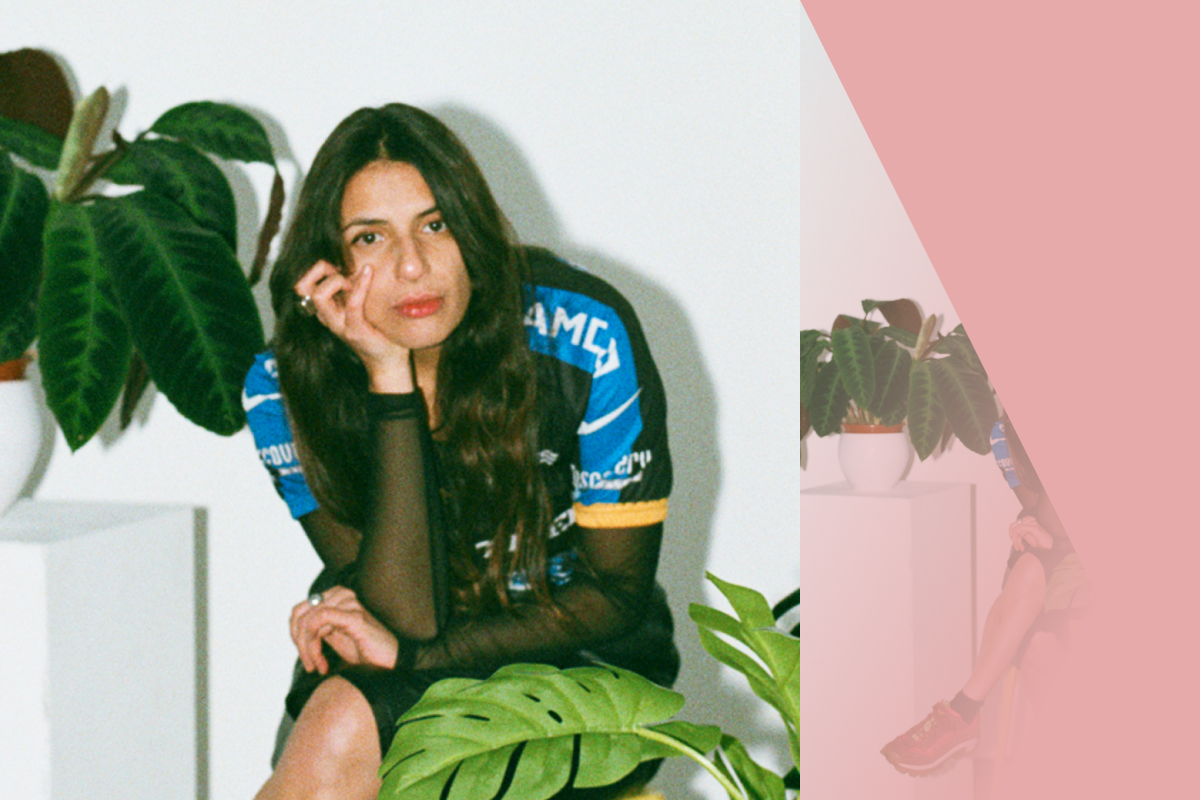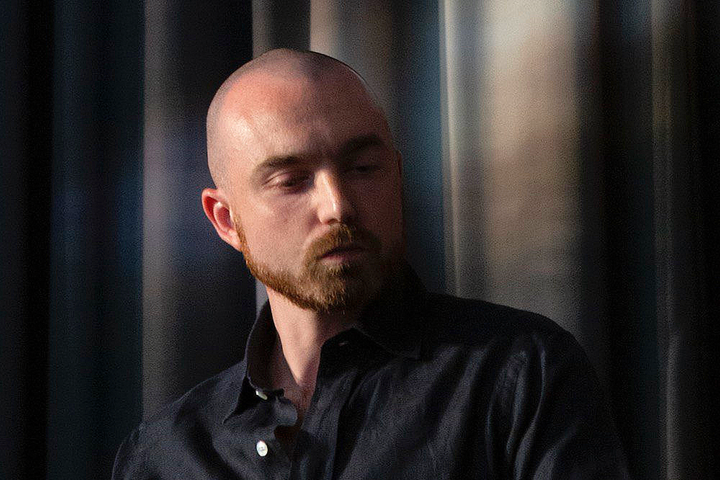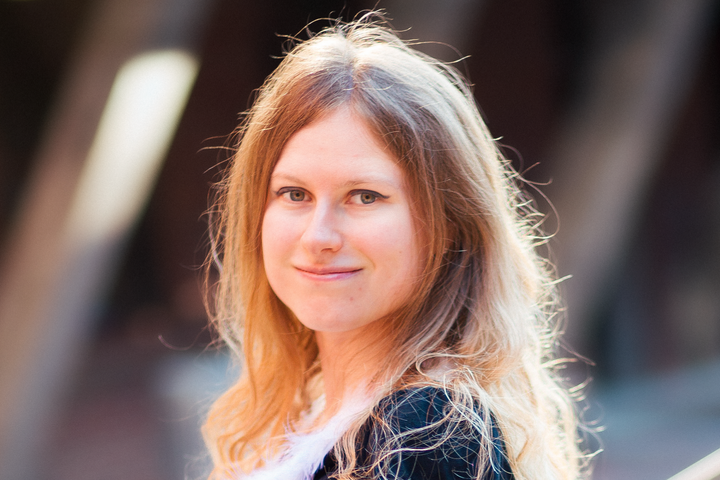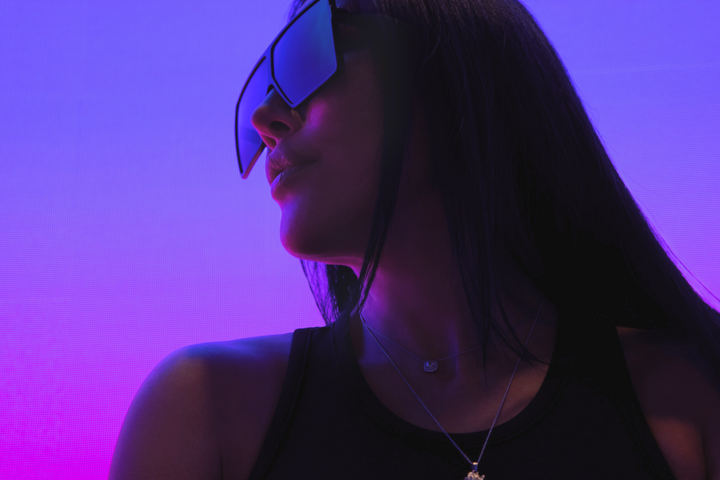Zaiba Jabbar, Creating Opportunities for Female-Identifying Artists

Advice to Young Curators, and Working in the Turbulent Space Where Online and IRL Merge
How did you start HERVISIONS and what are your goals?
My main goal was to create a working space for female-identifying artists. I always loved post-Internet esthetics, I was drawn to how you can experiment with emerging technologies, in creating accessibility, and facilitating discussions around it. This is what HERVISIONS has been and hopefully will continue to be. My background is in directing, and I used to work in the film industry, a really white male dominated industry, which was frustrating and isolating because of the lack of opportunities. At the same time, I was fascinated by moving images and short forms on social media. And I was asking myself why are so many women self-publishing using social media? Obviously, there's a lot of politics around these technical apps and platforms. But there's also a lot of opportunity there. I think it’s a tense dynamic, which is really interesting. I also felt a responsibility to bring the small screen to the big one. I started HERVISIONS essentially as a hobby, in the shape of an event, which took place as a multi-screen installation on the rooftop of the Standard Hotel in downtown L.A. with all female-identifying artists, working across fashion, film, music, and video. We had Kyt (formerly known as Kytten Janae), as well as multi-disciplinary artist Shantell Martin, both are now masters in the NFT scene and photographer Danielle Levitt. Later, I came back to London and the hybridity between online and IRL happened.
What are your views on NFTs and what are your pros and cons with that format?
They get a lot of bad publicity, I guess because of questions of ethics of platforms and the cryptocurrency they use and its sustainability. But these systems create an increased sharing of responsibility of sorts. Especially Daos, you know, how these decentralized systems create fairer spaces where members share a common goal to act in the best interest of the entity. NFTs can allocate value for digital artists where there wasn't any and that's something I believe the traditional art world wasn't really ready for. The art world is actually using a very small percentage of blockchain energy. If we're going to have problems with the ethics behind blockchain, then we have to look at how it's being used outside of the art world as well. So yes, I would say that I'm in favor of that small percentage of energy that digital artists working with NFTs use to support themselves.
How do you find working in different types of spaces, including institutions?
I generally try to be resourceful and nimble in how I approach projects, and try to understand everyone’s expectations. I don't think there's much difference between brands and organizations but it's slightly harder to work with brands. There's less room for messing up, many more people are ahead of the chain and you're always going to be working with some sort of gatekeeper within the company. It is similar with an institution but on a smaller scale. I enjoy working with those and with not-for-profit organizations.
How do you fund your projects?
Some people think that I've cracked it in some way, but I fund myself project to project, and it can be like being on a rollercoaster. Hopefully, the way I work is by partnering with different people each time and collaboration is key and necessary. Some come to me with a bit of budget for a partnership, some commission me. It varies, other times I participate in a panel, run a program, or do consultancy or curatorial work. I'm hoping that the variety will build up and become more sustainable.
Do you have any advice to offer young curators and artists that are about to enter the professional world?
I would say that it is important to know your style and understand what you are offering and be proud of it. A lot of people are doing similar things, so it's about trying to be as distinct as possible. And then I'm a fan of chatting with people. It sounds silly, but if you can get out and just have small talk with people, those conversations can lead to more projects, places, events, and collaborations. Turn up to events that interest you, even on your own. I always find those things more rewarding and you meet like-minded people, which is really important. Those are the two main things I can recommend. .
Zaiba Jabbar is an award-winning director, moving image artist, commissioner, mentor and independent curator. She is the founder of HERVISIONS, a Femme XR, Web3, NFTs, Digital Art, and Metaverse focused Curatorial Agency and Platform at the Intersection of art, technology and culture. HERVISIONS proudly curated the first ever augmented reality face filter exhibition to be held in an arts institute in Europe during the Lives of Net Art programme at Tate Modern, April 2019. She was a resident curator at LUX 2018, is a Trustee for Abandon Normal Devices and is on the Advisory Board for FACT Liverpool.



